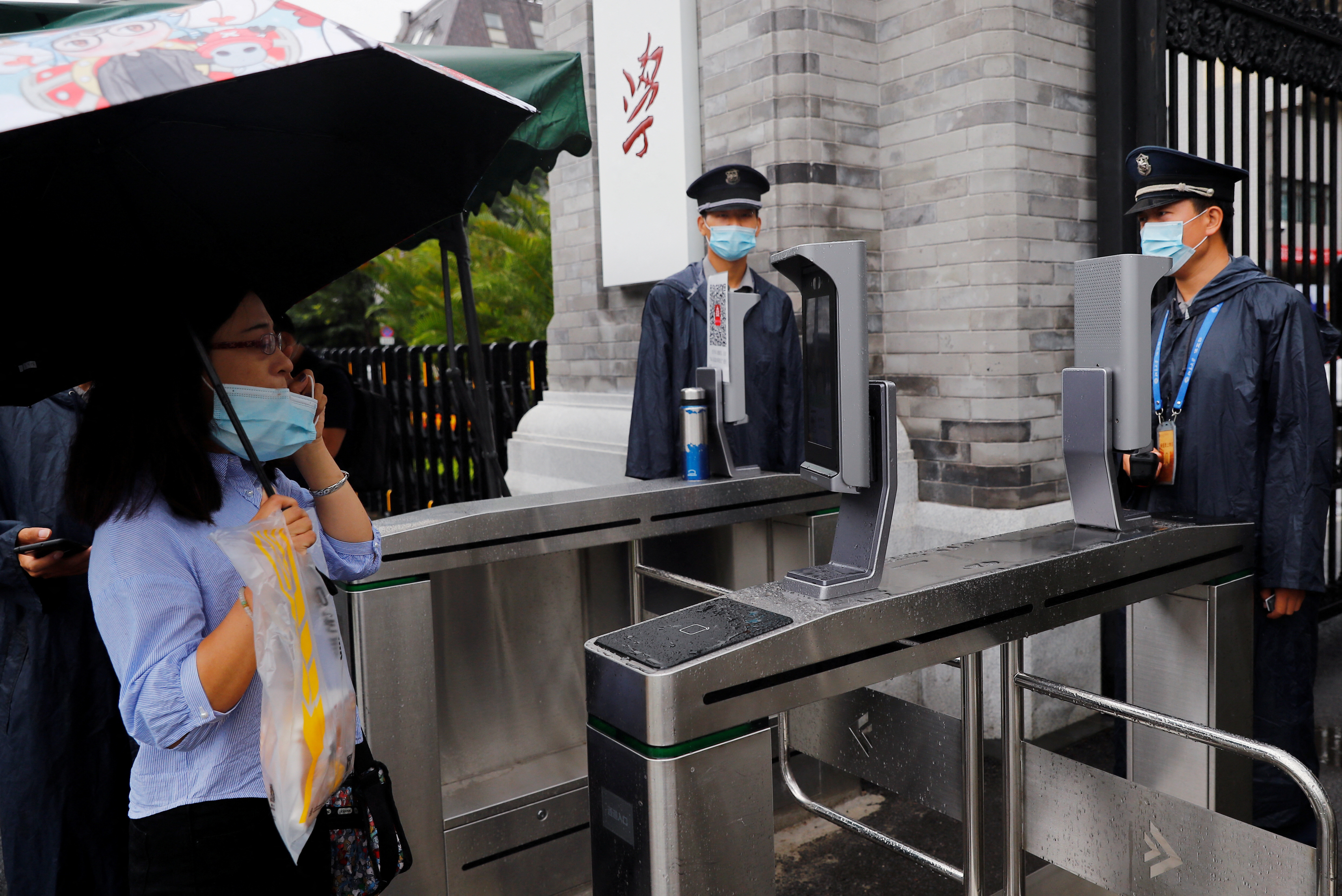
Hey there, folks! Anderson Cooper here, and today we’re diving into the world of technology and privacy as China takes steps to regulate the use of facial recognition technology. It’s a story that highlights the balance between innovation and safeguarding individual rights. Let’s break it all down and understand the developments.
Facial Recognition’s Reach: A Widespread Presence
Imagine living in a world where your face becomes your digital ID. In China, that’s becoming a reality as biometric identification, particularly facial recognition, has become a common feature. But with this widespread adoption comes concerns about its overuse and potential implications for personal privacy.
Drafting Regulations: A Response to Concerns
On August 8, China’s Cyberspace Administration announced a significant move. Draft rules have been issued to oversee the security management of facial recognition technology within the country. This step comes as a response to the growing concerns raised by the public regarding the technology’s extensive usage.
Defining Boundaries: Specific Purposes and Protective Measures
The Cyberspace Administration of China (CAC) is drawing clear lines in the sand. According to the draft rules, facial recognition technology can only be employed to process facial information when there’s a specific purpose and a sufficient necessity. Furthermore, stringent protective measures must be in place to ensure that the technology is used responsibly and doesn’t infringe upon individual rights.
Balancing Act: Technology and Privacy
This move exemplifies the delicate balancing act that governments around the world are facing. On one hand, technological advancements hold immense potential for improving various aspects of society. On the other hand, these advancements can also encroach on personal privacy and raise ethical concerns.
The Path Forward: Responsible Innovation
As the discussions around facial recognition technology continue, the spotlight is on responsible innovation. The push for regulations underscores the importance of using technology in ways that respect individual rights and maintain a transparent and accountable framework.
Conclusion
Ladies and gentlemen, the regulation of facial recognition technology in China reflects a broader conversation about the intersection of technology and privacy. As we navigate this landscape, let’s remember that our world is shaped by the responsible use of technology. By advocating for transparency, accountability, and the safeguarding of individual rights, we can strive to create a future where technological advancements benefit us all.
This is Anderson Cooper, reminding you that the future is in our hands, and the choices we make today can shape a world where innovation and privacy coexist harmoniously. Until next time, take care.









